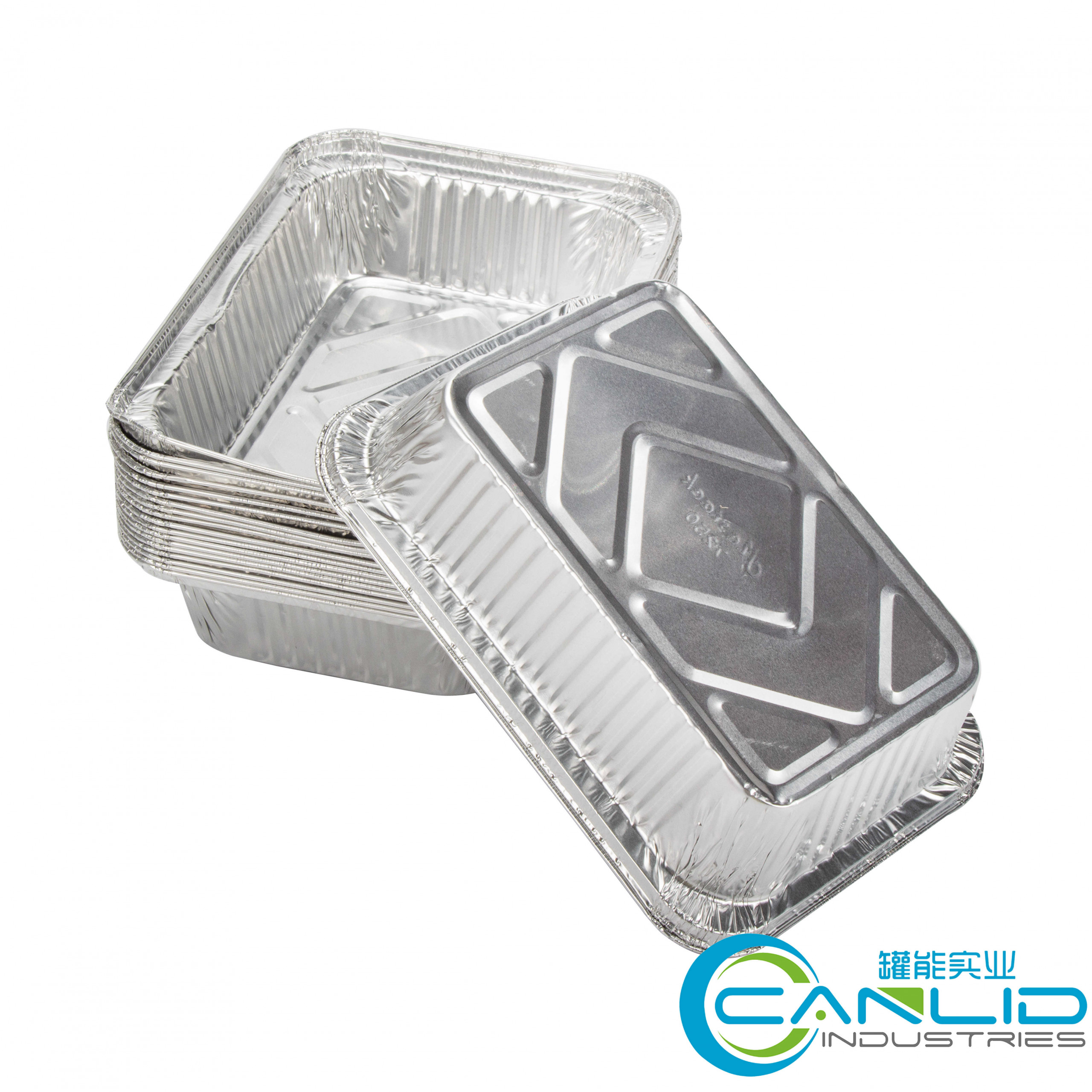Manufacturing aluminum silver foil containers is a process that begins with the purchase of raw materials. The various types of metals are melted and poured into molds to create the desired shape. Subsequently, the aluminum foil is applied and heated until it becomes pliable. Finally, the finished product is cut to appropriate sizes and packaged for sale. While this process may seem simple, it is actually quite complex and requires a great deal of precision. Aluminum silver foil containers are essential for many industries, including food packaging, medical supplies, and electronics. By understanding the manufacturing process behind this product, you can better understand its importance and potential applications.

What is aluminum silver foil?
Aluminum silver foil is a popular material for packaging and is often used to wrap food and bake. It’s made by printing large sheets of aluminum with a shiny silver coating on one side. The sheet is then cut into smaller pieces and the silver coating is scraped off, leaving a thin sheet of aluminum with a silver surface.
The Manufacturing Process of Aluminum Silver Foil Containers
The manufacturing process of aluminum silver foil containers begins with the purchase of a substrate. This can be anything from paper to plastic. A variety of processes are then used on the substrate to create the desired container.
One of the most common methods is die-cutting. Die cutting is when a pattern is cut into the substrate using a series of very sharp blades. This creates the outline for the container.
Next, a layer of adhesive is applied to one side of the container and the template is placed on top. The adhesive will attach both pieces together and allow for precise cutting.
Once the adhesive has been set, the template is removed and all cuts are made in accordance with it. This process can be time-consuming, but it results in precise containers that are perfect for many applications.
Other common methods used in manufacturing aluminum silver foil containers include stamping and casting. Stamping uses pressure to create an image on one side of a substrate. Casting uses liquid metal to create an exact replica of the desired object.
Both techniques require careful preparation and require precision in order to produce quality products.
Advantages of Aluminum Silver Foil
An aluminum silver foil container is a very sturdy and lightweight packaging material made of shiny aluminum sheets that are pressed together to create a tight seal. The containers are easy to open with fingers, which makes them ideal for products that do not require refrigeration. Aluminum silver foil containers have several advantages over other types of packaging, such as being recyclable, biodegradable, and compostable.
Conclusion
The manufacturing process of aluminum silver foil containers is a highly intricate process that requires the use of special equipment and skilled workers. By understanding the steps involved in this process, you can better understand how aluminum silver foil containers are made and what attributes they possess. If you are interested in manufacturing aluminum silver foil containers yourself, be sure to visit our website for more information on our products and how to get started.
Manufacturing aluminum silver foil containers can be a complex process that needs strong technology support. Canlids is experienced and professional with well-trained engineers and staff. It also has many certifications. If you are finding a reliable aluminum silver foil container, Canlids is your wise choice.

